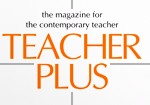Learning geography through projects
Sharmila Govande
A class of grade 5 students, equipped with their charts, models, and demonstrations, wait eagerly for their geography teacher. They have worked on their projects in pairs for the past six weeks. Each pair had to select a topic aligned to what was taught in their geography syllabus. They then had to conduct a thorough research using both secondary and primary sources and put together the information they had acquired in a creative way and present it to the class.
Aryan and Vedh had worked on the topic of animal shelters. They had explored shelters of various animals with a focus on shelters in different climatic conditions. They had researched burrows, caves, lodges, ant colonies, nests, and dens. They looked at how climatic conditions played a role in the materials used to build shelters and how the shape of the shelter differed with the region. They had worked with their hands to create a model of a lodge – a beaver’s home. They spoke with excitement how the beaver’s home withstood rapids, harsh weather, and predators.
Their project – which was completed within the regular geography classes – is a classic example of what “Project Based Learning” (PBL) is. PBL is a dynamic approach, where students actively explore real-world situations, problems, and challenges while acquiring deeper knowledge. When applied to geography, PBL can help young learners connect with their surroundings, understand global issues, and develop essential skills such as research, collaboration, and creativity.

Project based learning and geography
Geography is more than just learning about maps and places; it encompasses the study of Earth’s landscapes, environments, and how humans interact with them. It helps children develop a sense of place and understand cultural diversity, environmental sustainability, and global interconnectivity.
Geography can be a bridge between science and social studies, linking topics such as climate change, natural disasters, migration, and urban planning. By using PBL in geography, students are encouraged to explore these topics through hands-on, meaningful experiences.
Enhances engagement and motivation
PBL shifts the focus from passive learning to active participation. Students take ownership of their learning, making geography more exciting and relevant. For Aryan and Vedh, their excitement was unbound. Another pair had taken “Iceland” as their topic. They explored the climate, topography, crops and vegetation, and clothing and culture of the people living in Iceland. The motivation among the students was high, their minds were alert, and their queries were relevant. They were all immersed in their work unlike students who usually doze off in a geography class.
Develops critical thinking and problem-solving skills
Projects require students to analyze real-world issues, ask questions, and develop solutions, fostering deeper understanding and higher-order thinking. A few years ago, I was teaching a class of 8 to 10 year olds. The first project assigned to them was to create a map of their classroom, followed by a map of their floor, and a map of the school premise. The following year, I asked them to work on a map of their surroundings. As they engaged in their tasks, I saw their minds working out measurements, proportions, and spatial organization. These young students learned to use a scale, protractor, and other geometry equipment too. I could see integration of geography and geometry along with critical thinking and problem-solving skills.
Encourages collaboration and communication
PBL can involve individual projects, paired work, or group work. One can witness brainstorming, exchange of ideas and notes, cooperation, collaboration along with disagreements and arguments. When students are given time within class hours to work on their projects, the classroom becomes a fertile ground for learning life skills.
Connects learning to real-world issues
Students explore real-world topics like climate change, urbanization, and cultural diversity, making learning more meaningful and applicable to their lives. Arya and Vedh who were studying animal shelters were curious about what happens to these natural shelters and the animals with rapid urbanization and receding forest cover. They expressed concern over rivers drying up and animals losing their habitats.
Integrates technology and research skills
Using digital tools, mapping software, and online resources enhances students’ research abilities, preparing them for the digital age. Such projects help students explore the usage of internet sources for gaining more knowledge and thereby rethink the use of mobile phones, laptops, and tablets beyond playing games or scrolling through mindless content.
Integrates other subjects
PBL has the potential to integrate various subjects such as languages, math, science, geography, and history within a project making knowledge acquisition more holistic and relevant. Aryan and Ved integrated science, math, and geography within their project of animal shelters. Their enquiry also led them to question civic issues of rapid urbanization.

Implementing PBL in geography
I have witnessed that Project Based Learning has been reduced to allocation of the projects to students who are asked to complete them at home and submit them on the date decided by the school. From a beautiful learning experience, they have become a burden that is conveniently transferred to the parents.
For PBL to be successful, schools need to allot time and resources within school hours and the teacher to become a mentor and guide during the process. The teacher needs to take on the responsibility to keep the excitement and the quest for learning and doing among the students. Keeping in mind that every child is unique and their learnings are unique, teachers need to be open about the learning insights students have while working on projects. A few pointers for teachers:
- Allocate time within school hours for project work. Don’t expect students to complete the projects at home. Project based learning integrated within school hours will reap maximum impact.
- The role of the teacher is to facilitate learning. In PBL, teachers become facilitators. Their role changes from teaching something to enabling students to research, think, reason, and make sense of their chosen topic and explore creative ways to display their learning.
- Encourage inquiry-based learning, i.e., ask questions and find answers. The teacher’s role is to avoid giving answers and facilitate a process where the students look for the answers through research, experiments, talking to experts, etc.
- Provide access to resources – both online and offline. The teacher’s role is to support the students by providing access to information, tools, and equipment required for the project.
- Promote collaboration among students to exchange information, help each other in their projects.
- Assess through reflection and presentation. Focus on quality of research, reflection, and their presentation.
Conclusion
Project Based Learning in geography provides students with an immersive, engaging, and meaningful way to explore the world around them. Through hands-on projects, students develop essential academic and life skills, fostering curiosity and a deeper understanding of global issues. By implementing PBL strategies, educators can create a classroom environment where geography is not just a subject but an adventure in learning.
Sharmila Govande is an unschooling mom, parenting guide, and a social development professional. She can be reached at sharmilagovande@gmail.com.







